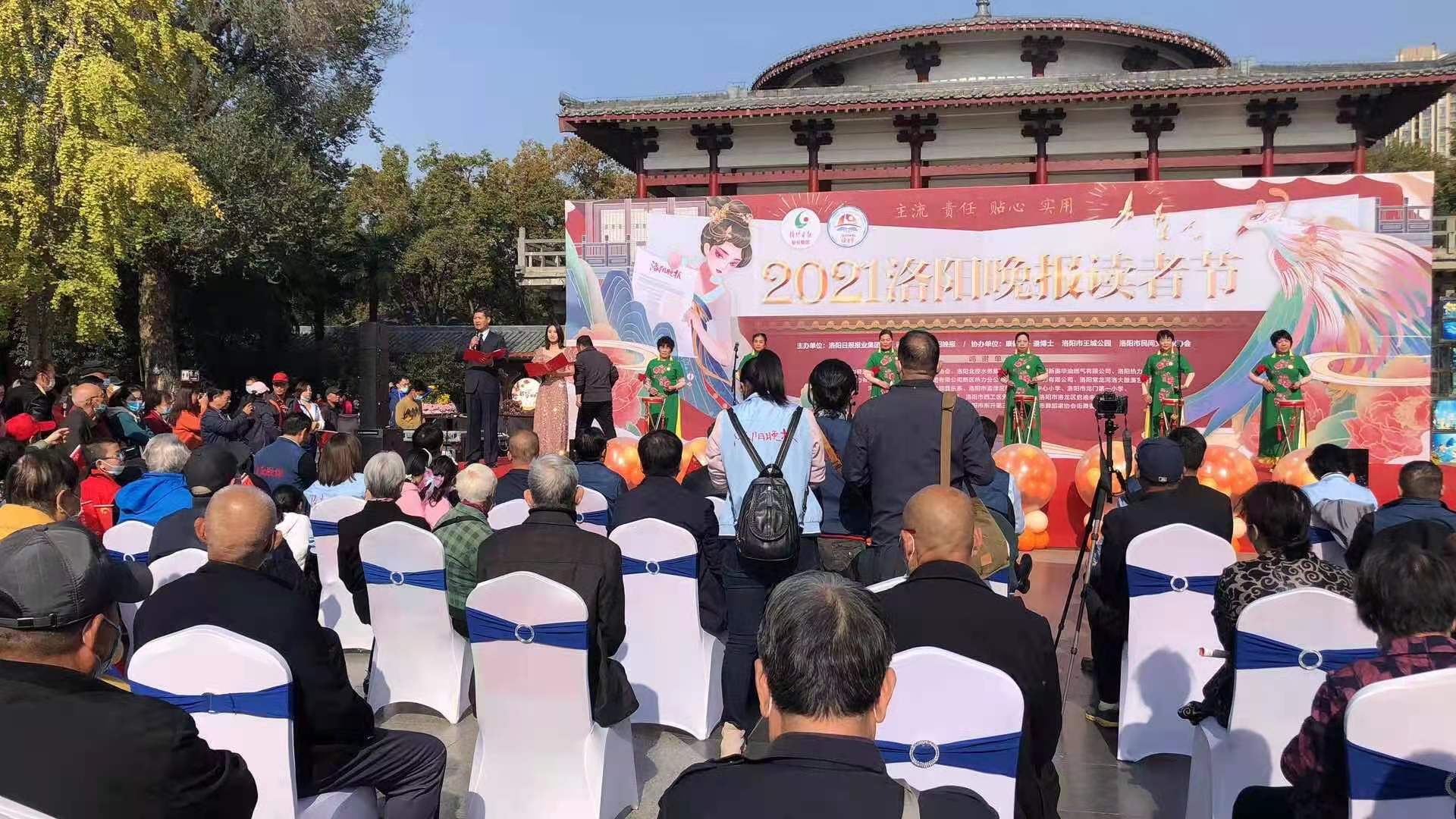Biological activity
We carried out tests to determine the ability of turmeric lysate to fight the different skin problems related to emotionally stressed skin: inflammation, delay in wound healing and damage of the skin structure.
To measure its anti-inflammatory activity and its effect in the immune system, inflamed human monocytes (THP1) were treated with the active for 24 hours. The TNF-α and IL-8 levels (pro-inflammatory cytokines) were quantified from the cell structure supernatant by ELISA. The positive control of anti-inflammatory action was dexamethasone.
The results show that turmeric lysate completely restored TNF-α and IL-8 levels from the inflamed cells. The effect was very potent at all tested doses, reaching up to 97% and 78% respectively. This was higher than dexamethasone and similar to the mindfulness effect.
In a second test, an in vitro assay, it was demonstrated that turmeric lysate was able to capture up to an 82% of the free radical DPPH, showing a significant antioxidant capacity compared to the control.
According to the literature, stressed skin heals slower than regular skin. To see the effect of the active, a scratch test was performed and the healing process was monitored by phasecontrast microscopy.
Turmeric lysate regenerated human dermal fibroblasts (HDFs) by up to 72% at 24 hours and up to 63% at 48 hours compared to baseline conditions. The enhancing effect at 24 hours was higher than 10% that of the positive control, foetal bovine serum, thus showing a growth factor-like effect.
Stressed skin releases excess of cortisol, which causes skin damage. To test the protection of the active against cortisol, human organotypic skin explant cultures were used. The skin was stressed by exposure of healthy explants to hydrocortisone (10μg/ml) daily and was compared to non-stressed skin.
The stressed skin was also treated, in parallel, with 0.5% or 1% turmeric lysate daily. Images were taken by optical microscopy from histological sections stained with Masson’s trichrome, and the levels of collagen and elastin were quantified by colorimetry after 12 days.
The active ingredient was demonstrated ex vivo to protect the collagen and elastin degradation levels up to 89% and up to 96% compared to stressed skin explants, respectively, showing a more structured and densified skin. This shows that it prevents the adverse effects of excessive hydrocortisone on the skin, thus protecting the dermal fibres (collagen and elastin) from stress-induced degradation.
In an ex vivo test of regenerative activity, we looked at how turmeric lysate demonstrated regenerative properties on punch biopsies (epidermis removal of 8 mm diameter, leaving the inner 3 mm circle with epidermis). After the application of turmeric lysate on Days 0, 3 and 5, the biopsies were analysed on Day 8. It shows that turmeric lysate has a higher epidermal regeneration than epidermal growth factor (EGF), as well as higher dermal redensifying and restructuring effects.
Clinical evaluation
For the in vivo test, a panel of 20 volunteers was selected, who were aged 30–50 and subject to intense psychosocial stress, and who did not have a high or very high initial skin hydration. Volunteer selection was done through a StateTrait Anxiety Inventory for Adults questionnaire and a cortisol test in saliva by Salimetrics Europe.
This was a single-blind, placebo-controlled study, with two applications per day in the face of turmeric lysate and a placebo and at 1%, for 28 days. It was carried out during the winter season (January-February) in Poland, which is extra challenging for the skin because of the dryness arising from the intense cold. The measurements were taken on the crow’s feet area.
Turmeric lysate significantly increased the average cutaneous hydration rate by 13% on average from the start of the study after 28 days of treatment (p < 0.001), 4.3 times more than the placebo, proving its effect as an emotional wellbeing manager. This is a very significant value considering that the study was performed on skin that was not selected for its level of dryness but for its level of psychosocial stress.
经验总结扩展阅读
- 因为璟美国际:年龄可以隐藏起来,但千万不要让自己的倦容影响气质
- 永久栖桐国际:女人最厉害的武器,就是用美丽武装自己~
- 科技尚研国际丸碧品牌以实体经济见证成长,以科技创新助力发展
- 地方女大学生拍毕业照忘化妆,成片出来后成“全场最佳”,凸显国际化
- 永久璟美国际:时光必会善待努力的人,请加油吧
- 凉水有几个夏日精简护肤tips,缔纳国际陪你变美
- 保健不同肤质夏日护肤,缔纳国际有新招
- 才会栖桐国际|留住容颜,挽住时间,做最美的自己
- 因为璟美国际:天生励志是少数,颜值还得靠你自己!
- 国际栖桐国际|美丽是长在肌肤上的智慧













